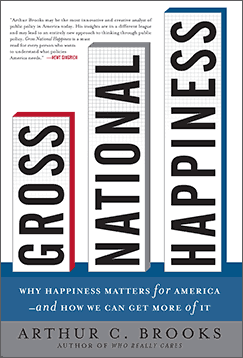
Source of book image: http://creativecapital.wordpress.com/category/how-to-buy-creative-capital/
Doriot taught at Harvard during the whole time that Joseph Schumpeter taught at Harvard. Given that their interests apparently overlapped, it is surprising that there are no references to Schumpeter or to “creative destruction” in Ante’s book.
There are also no references to Doriot in McCraw’s recent comprehensive intellectual biography of Schumpeter.
(Scherer in his essay “An Accidental Schumpeterian” mentions taking a useful course from Doriot, but does not illuminate the relationship, if any, between Doriot and Schumpeter.)
(p. A17) Before Sand Hill Road near Stanford University became the center of the venture-capital universe – before Google and Pets.com – the modern market for financing risky startup companies took shape far from Silicon Valley in the years after World War II.
ARD was the first to raise what was then known as “risk capital” from outsiders at a time when investors’ wounds were still fresh from the stock-market crash of 1929 and the Depression of the 1930s. The high failure rate of start-ups had generally precluded raising money from average investors. And so ARD’s chief competitors in the postwar years were the Rockefellers and another old-money operation, J.H. Whitney & Co.
. . .
The company would hardly merit attention except for its one grand slam, Digital Equipment Corp., which helped establish the East Coast high-tech stronghold along Route 128 outside Boston.
Digital, a minicomputer maker co-founded by former Massachusetts Institute of Technology engineer Ken Olsen, received $70,000 from ARD in 1957 in return for a 70% stake, which eventually grew in value to hundreds of millions of dollars. Mr. Ante calculates the investment’s return at 70,000%.
. . .
Doriot, who taught at Harvard for 40 years, beginning in 1926, offered a popular class that was ostensibly about manufacturing but was more a seminar in his business philosophy. “He stressed common sense themes such as self-improvement, teamwork, and contributing to society,” Mr. Ante writes. Doriot was known for “spicing up his philosophy with practical and pithy words of advice.” Among them: “Always remember that someone somewhere is making a product that will make your product obsolete.”
For the full review, see:
RANDALL SMITH. “Bookshelf; Money to Make Things New.” The Wall Street Journal (Weds., May 21, 2008): A17.
(Note: ellipses added.)
Reference to the biography of Doriot:
Ante, Spencer E. Creative Capital: Georges Doriot and the Birth of Venture Capital. Boston: Harvard Business School Press, 2008.





